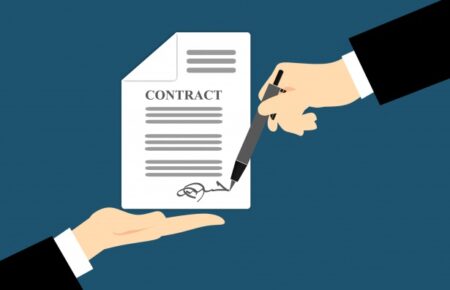
In any industry, there are certain legalities you need to be aware of. It’s no different when you work in the Design industry. With globalisation and easy access to the internet, you need to be more careful than at any other period of history about creating undisputably original designs.
Here are a few things you need to know:
Avoiding legal disputes
It’s in your best interests to follow design-related laws and legislation! You’ll want to avoid any complicated legal disputes. They can be costly, especially if you lose.
These disputes are typically about the design itself and whether the idea was original or not. Losing a case could mean you are forced to change the whole creation. In the case of business logos, this could mean you have to do a whole rebrand.
If you have graphic designers who report to you as their employer, it’s highly important to train them in the legalities of design. You will also benefit from having a legal team to approve work and help you with compliance.
Copyright
If you are designing for clients, you must make it clear in your contract with them who will own the design. You may be happy to hand it to them or you may prefer to license it to them while retaining ownership yourself. You should be sure you understand intellectual property law before you begin.
If you are an employee at a graphic design company, anything you create will probably belong to your employer.
In the UK, there are two types of design rights that you need to be aware of:
- Unregistered design rights: This protects the design’s shape and configuration for ten years after it was first sold or 15 years after it was created (the period that expires first is the one that applies).
- Registered design rights: This is when you register the design to the UK Intellectual Property Office or the European Intellectual Property Office.
Registering your design offers extra legal protection, should you come up against someone else later who has produced a similar design.
Design regulations for labels
Always be aware of the regulations that apply to certain materials you are designing. For example, labels for alcohol bottles will require an indication of the unit measurements.
You must not include information that misleads the reader about the materials a product is made of, what it can do, or anyone that endorses it.
Creating a label for a product in the precious metals, footwear, food and drink industries or any products aimed at children? If so, you must carefully research the specific laws that apply first so that the design meets special regulations.
Negligence
You should also be aware that negligent actions in the design field can have serious consequences. For example, professional negligence may occur concerning architectural design. An architectural designer may provide inadequate plans or drawings. It could be deemed negligent due to the financial loss that occurred after starting or completing the design. The safety implications could also impact this.
As a designer, staying up-to-date with the law and taking legal advice as a preventative measure is essential. That way, the industry can be a rewarding, stress-free one to work in!

